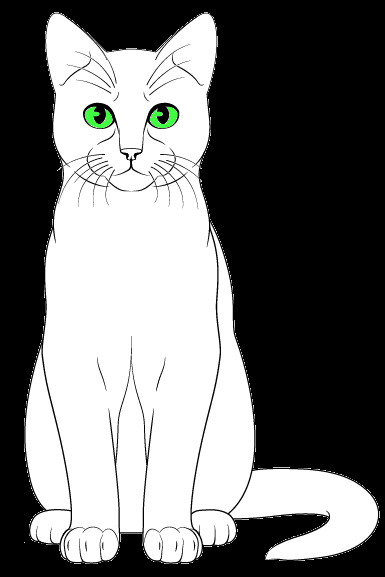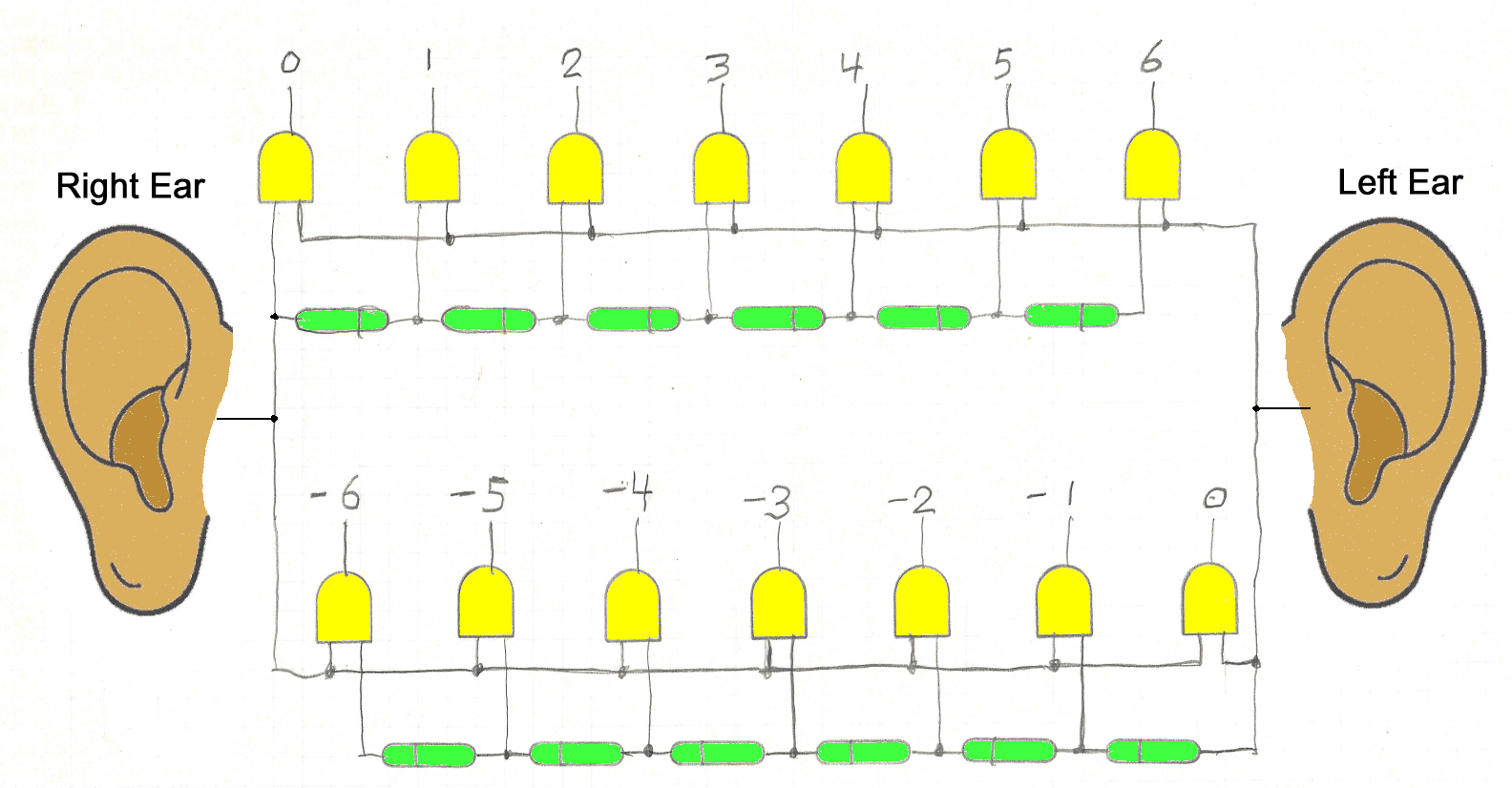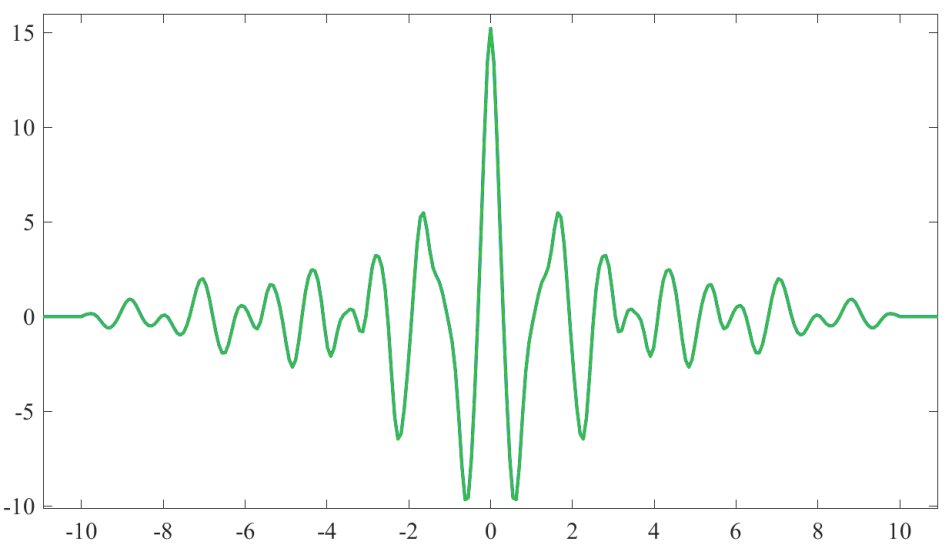
A Brief History of Sound-Locating Cats


|
A Brief History of Sound-Locating Cats |

|
The Story BeginsI was a lone hiker in the woods. It was a pleasant day if not very exciting. It was very quiet. There was only a slight breeze. I could hear no highway sounds. There were birds but they were not raucous. I was in no way prepared for what happened next. There was a loud crash. A tree had fallen for no discernable reason. My head turned involuntarily toward the source of the sound I could not see. I got an immediate shot of adrenaline. Afterwards, I reflected on my response to the sound. It was so quick and so accurate. I instantly looked at the sound source even before I could see it. How did I, or any creature, do this? I reasoned that sound coming from my left would reach my left ear sooner. The same sound would reach my right ear after a short delay. The amount of the delay would depend on the direction it came from. The muscles in my neck could accurately turn toward the sound if this delay could be accurately determined. I concluded that my ears must have the ability to measure this delay quickly and accurately. Before continuing, here are some things you need to know about sound. |

|
Useful Information
The speed of sound is about 340 meters per second.
My ears are 17 centimeters apart.
A sound coming from the left will travel 17 centimeters
further before it reaches my right ear.
(Ignore the fact that my head is in the way.)
Do the math. The time difference is 500 microseconds.
Sounds coming from other directions result in smaller differences.
A sound originating directly in front would reach both
ears simultaneously. There would be no time difference
in that case. Small differences in direction result in
small differences in arrival times.
|
The Story ContinuesThe basic brain building block is the neuron. It takes tens of milliseconds for a neuron to do something. How does the brain make measurements in units of microseconds? It seems impossible. There could be a structure in the brain that looks like this: Brain Sound Location Processor
It looks like a part of a circuit diagram for a computer because it is, to some extent. The green objects produce time delays. The yellow objects are "and" gates. An and gate produces an output occurs whenever both inputs coincide. Here is how it works. A sound occurs. It happens to be 3 delays closer to the right ear. The "and" gate labeled with a 3 produces an output because the delays match. This is probably an oversimplification. But notice one thing. It is fast. The system reacts in the amount of time it takes a single gate (or neuron) to respond. |
Sound Location Becomes an ObsessionI started to think about designing a sound locating sensor. Cats are very good at locating sounds. I resolved to design a sensor that was as good as a cat. I realized immediately that the brain could not be a model because of the brains's high degree of parallelism. Computers can only do one thing at a time. The above circuit diagram is a way to express autocorrelation. Wikipedia says this about autocorrelation: "Informally, it is the similarity between observations as a function of the time lag between them." This is what a typical result looks like: A Typical Correlogram
Correlograms can look messy. Voices, random numbers and barking dogs all produce messy but useful correlograms. The only result you actually need is two numbers, the location and amplitude of the peak. A computer would be at the heart of the sensor. It is possible to use a computer to calculate a correlogram. Computers, fast though they be, can only do one thing at a time. It is going to be very difficult to calculate correlograms as fast as a brain can. ^TOP^ |